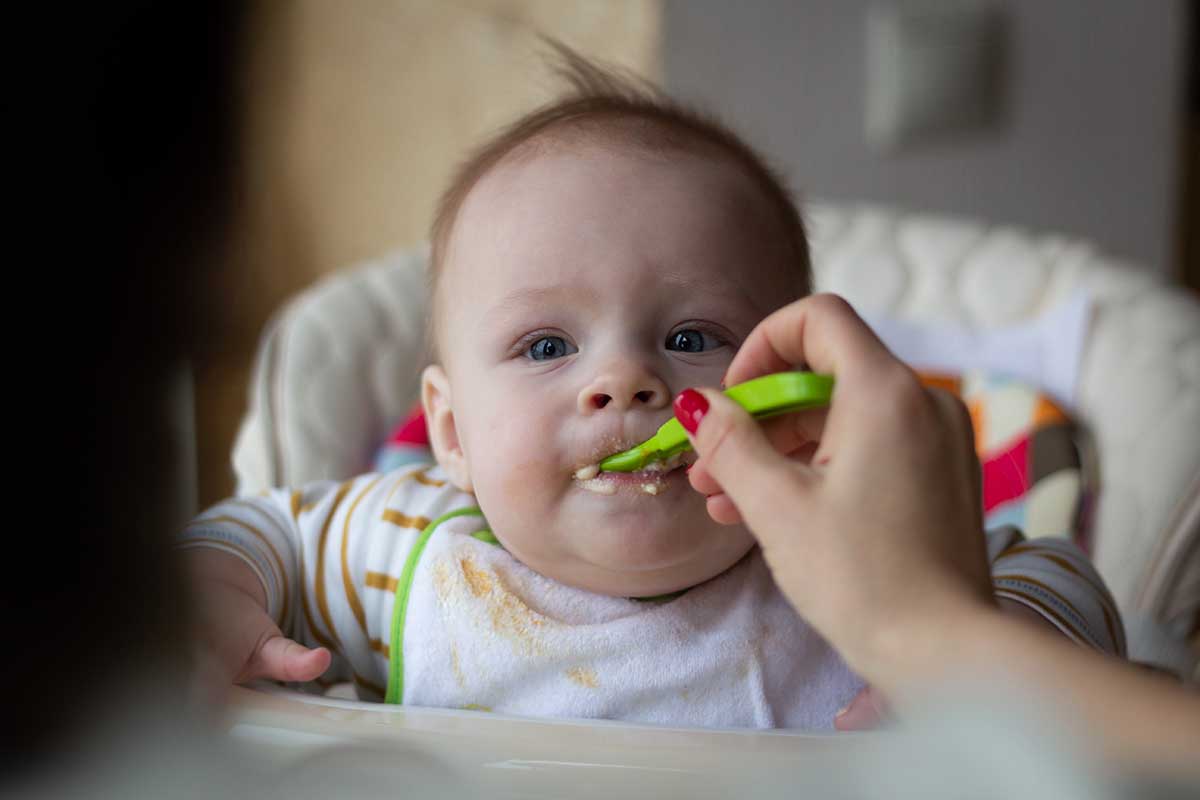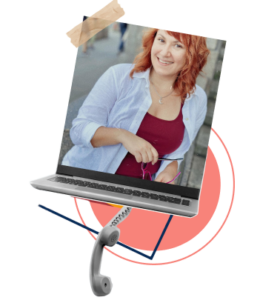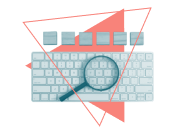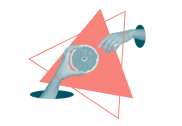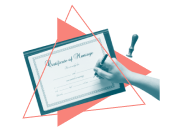Starting Solids: How to Feed Your Baby Safely and Confidently
Key Points
Identify Readiness Signs Before Starting Solids. Look for developmental cues like sitting up with support, holding their head steady, showing interest in food, and the ability to swallow without pushing food out.
Introduce Solids Gradually and Patiently. Begin with tiny spoonfuls, soft or pureed foods, and continue breastfeeding or formula feeding alongside solids. Expect mess and trial-and-error in the early stages.
Choose Nutritious, Age-Appropriate Foods. Offer single-ingredient foods every 3–5 days to watch for allergies, prioritize nutrient-rich options, and avoid overfeeding—especially during the early stages of switching your baby over to solid foods.
It’s amazing how hungry babies are, considering their small size!
All that eating is what makes them grow, and they grow fast, too!
If you are a new mother, you might be wondering when it’s time to start giving your baby solid foods, and how to go about it!
It is recommended that you feed your baby only breastmilk for the first 6 months after birth.
Be sure to check out the Belly Belly website, it’s all about babies and has some great tips for breastfeeding!
You can continue breastfeeding after introducing solid foods at six months for as long as you and your child feel like doing it, some mothers breastfeed for as long as 2 years!
Be sure to check with your child’s doctor for recommendations on vitamin D and iron supplements during that first year.
So, how do you know when your baby is ready to begin eating solid foods?
Every child is different, and their readiness for switching to solid foods depends on their unique rate of development. The following are some signs to watch for!
- Can sit up alone or with some support.
- Can hold their head up.
- Open their mouth when you offer food.
- Can swallow food instead of pushing it back out of their mouth.
- Can grasp small objects, such as toys or food.
- Can transfer food from the front of their tongue to the back to swallow.
- Are they big enough? In general, when an infant’s birth weight doubles they may be ready to try some solid foods, that is if six months has passed.
It’s also important to watch to see if they open their mouth when food is present.
Your baby might be ready if you see them watching you eat, reach for your food and seem eager to give it a try!
Another step is to see if they can move food from a spoon into their throat.
If you offer a baby a spoonful of cereal, but they push it out of their mouth so it dribbles down their chin, they probably aren’t yet able to move it to the back of their mouth so they can swallow it, which is perfectly normal.
Bear in mind that this is all new to them, they have never tried anything thicker than breast milk or formula before this, and it could take some time to get used to.
You can try diluting the food the first few times, adding some liquid then gradually thickening it up as they grow ready for switching baby over to solid foods.
Now you might be wondering how do I feed my baby?
You can start the process with just half a spoonful or less and talk to your baby as you go – “Look at what Mommy has for you! It’s yummy! “ Your baby probably won’t know what to do at first, and may look confused.
A baby that’s not really ready yet will typically wrinkle their nose at you, roll the food around inside their mouth, then spit it out!
You can make eating solids for the first time a bit easier by giving your baby a little breast milk or formula at first to whet their appetite, then switch over to some small half-spoonfuls of food, then finish off with some more breast milk or formula to wash it down.
Doing this will keep your hungry baby from getting frustrated!
It’s important to not be too surprised if your first attempt at switching your baby over to solid foods fails—it’s normal that most of the first few feedings will end up all over your baby’s face, hands, bib, the floor, and probably on you!
Start with just a teaspoonful or two then gradually increase the amount of food to allow your baby enough time to learn how swallowing solids works and get used to the idea.
Never try to force your baby to eat if they cry or turn away when you try to feed them!
Just go back to breastfeeding or bottle-feeding for a while before you try again. Starting a baby on solid foods is always a gradual process.
In the beginning your baby will still be receiving most of their nutrition from your breast milk, formula or both.
Every baby is different, so the readiness to start eating solid foods is going to vary.
Now the question is, what food should I give my baby first?
This is going to be up to you. You may decide to make your own baby food or to purchase pre-made baby food, there are a lot of options.
Keep the following in mind
Baby foods need to be soft or pureed to prevent choking.
Try introducing one new single-ingredient food from any food group every 3 to 5 days, then watch for any allergic reactions!
Be careful not to overfeed them, this can be difficult to ascertain at first.
Check with their doctor if you are concerned, being overweight is unhealthy at any age!
It’s important to offer your baby a variety of healthy foods that are rich in the nutrients your child needs. Bon appetite, Baby!
